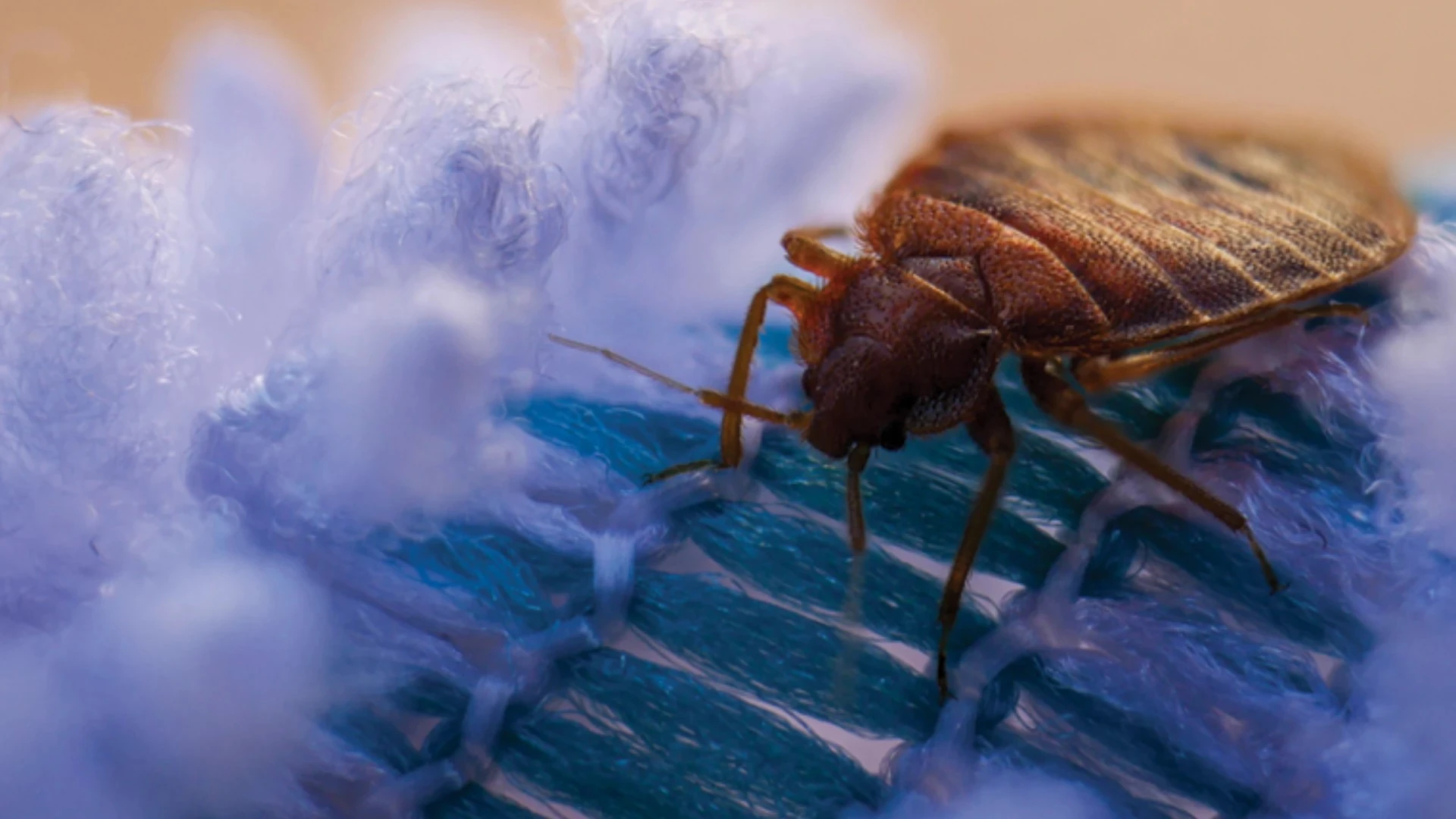Diptera, the Latin name for the order of flies, is derived from two Greek words: di, meaning "two," and pteron, meaning "wing" indicating their major characteristic of having two wings (one pair).
*****
It is estimated that more than 1,000,000 species of flies may be living today.
*****
It has been reported that more is known about the genetics and hereditary characteristics of Drosophila than any other multicelled organism on the planet.
*****
Most commonly encountered flies have large compound eyes and usually three simple eyes.
*****
Filth flies have had, and continue to have, a significant impact on combat, peacetime contingency operations, disaster relief operations, and refugee health support operations.
In the battle of El Alamein in North Africa in World War II, Axis forces suffered severe losses to Allied troops presumably due to dysentery, which can be
spread by flies.
*****
Eleven species of Hawaiian drosophilids are listed as endangered by the Endangered Species Act. One additional Hawaiian species is listed as threatened. This group represents the largest number of dipterans to be listed by the Endangered Species Act.
*****
Flies are common insects, and they are found all over the world, including Antarctica.
*****
The scientific name Drosophila means "lover of dew" probably suggesting that small flies require moist environments to reproduce. They are known as fruit, vinegar, or pomace flies and are often confused with other small flies found in structures.
*****
More than 100 pathogens that cause human diseases have been recovered from filth flies.
*****
During a female house fly’s lifetime, she may lay five or six batches of 75 to 150 eggs at intervals of several days between each batch. During her lifetime, a female may deposit from 350 to 900 eggs.
*****
Diptera is the fourth-largest order of insects, comprising about 120,000 species classified into 188 families and 10,000 genera.
*****

Explore the June 2011 Issue
Check out more from this issue and find your next story to read.
Latest from Pest Control Technology
- Rentokil Terminix Expanded in Key Markets with 2024 Acquisitions
- In Memoriam: Joe Cavender
- Certus Acquires Green Wave Pest Solutions
- Liphatech Adds Alex Blahnik to Technical Team
- Do the Right Sting: Stinging Insect Identification, Management, and Safety
- VAGA's 8th Annual Veterans Thanksgiving Appreciation Dinner
- Clark's Blair Smith on the Response to Increased Dengue Fever Cases in Southern California
- WSDA, USDA Announce Eradication of Northern Giant Hornet from U.S.





